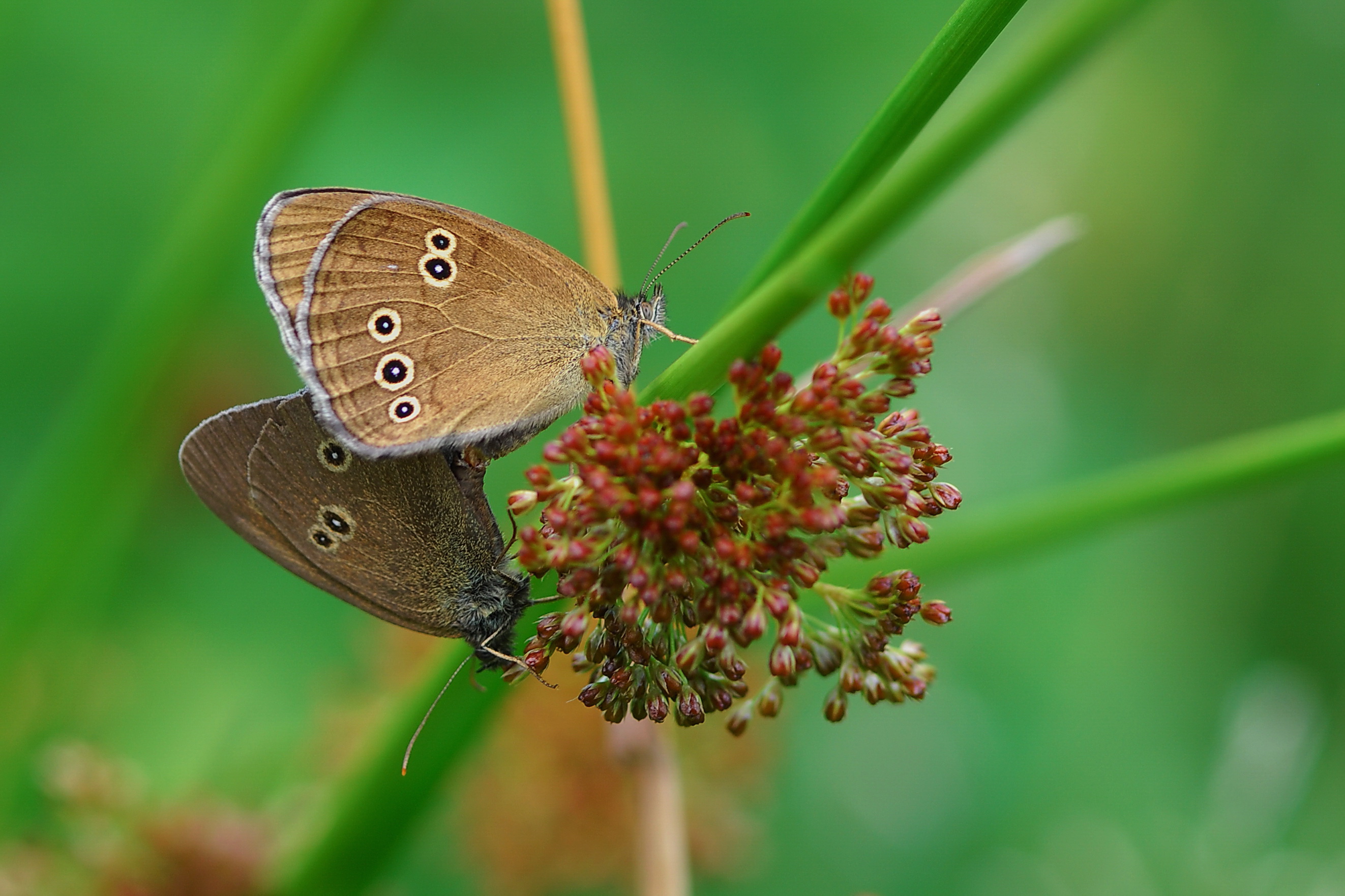WP 2: Co-occurrence
Objectives of WP 2
Standardised vegetation sampling (according to the methodology specified in WP 1) is being conducted with relevés by all working groups throughout Europe on selected Maculinea sites to establish differences in vegetation structure between sites where Maculinea is present and absent to test whether or not the presence of Maculinea is an indicator for high biodiversity. Likewise, inventories of co-occurring species are being compiled for sites with and without Maculinea.
Our aims in achieving these objectives are:
- To compile inventories of species which are associated with sites supporting different levels of 'Maculinea biodiversity' , ranging from Myrmica only --> foodplant --> Maculinea --> parasitoid to >1 Maculinea species + parasitoids.
- To correlate 'Maculinea' and general biodiversity on current sites across Europe
- To study nature reserves known to have changed in community structure and abundance of species following targeted management for Maculinea.

The overall objective of this work package is to quantify the indicator function of Maculinea butterflies based on the analysis of co-occurring groups of organisms and analysis of their red list status. In WP 2 (Indicator 1: Co-occurrence) the approach is the compilation of inventories of species that are associated with sites supporting different levels of 'Maculinea biodiversity', ranging from Myrmica only --> foodplant --> Maculinea --> parasitoid to >1 Maculinea species + parasitoids. In addition to correlating 'Maculinea' and general biodiversity on current sites across Europe, we will study some nature reserves that are known to have changed in the community structure and abundance of their species following targeted management for Maculinea.

